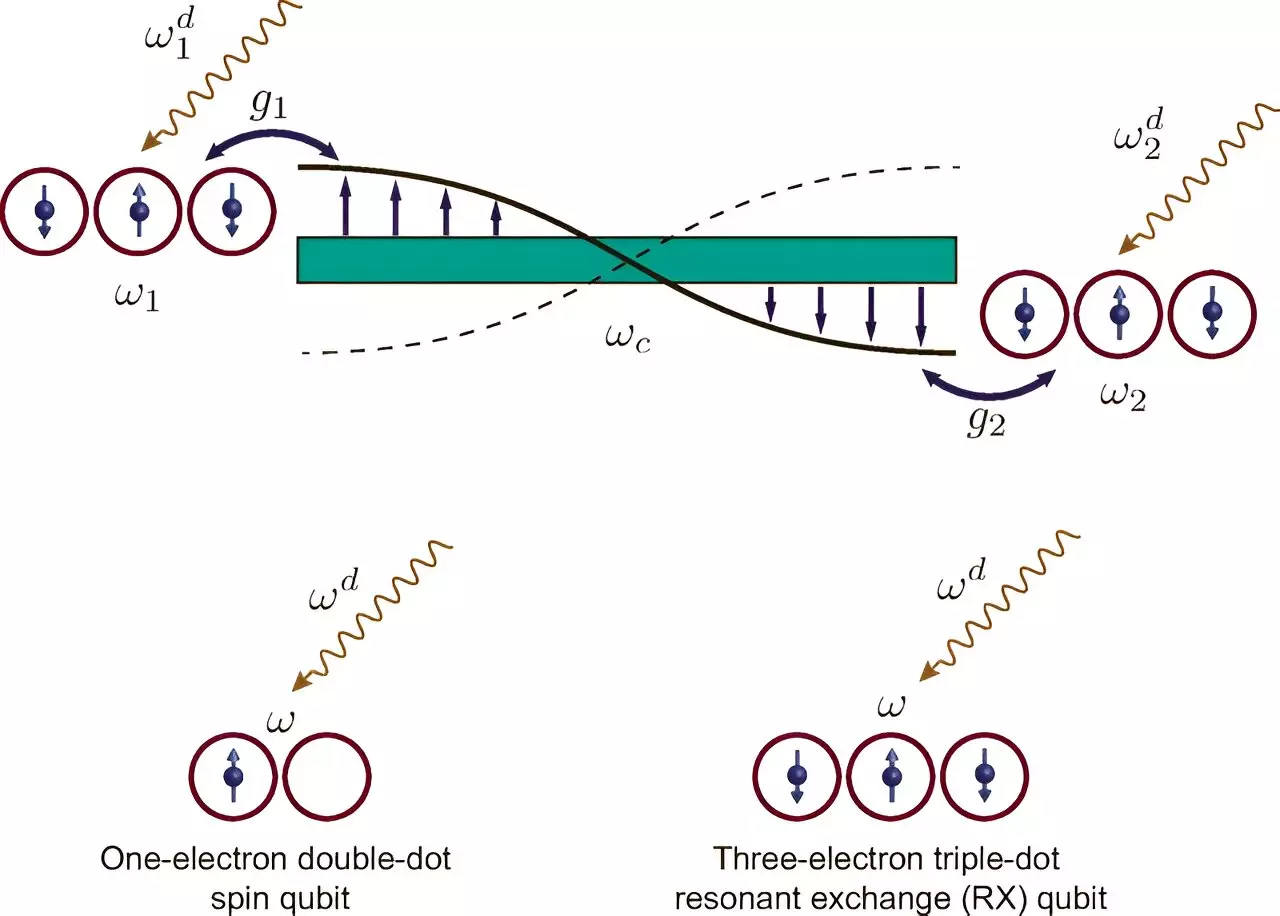

Quantum computing represents a paradigm shift in the realm of computation, relying on the principles of quantum mechanics to drive forward technologies that could overhaul our current understanding of information processing. Central to this advanced technology is the quantum bit, or qubit, which diverges radically from its classical counterpart. While classical bits function within a binary framework, representing data as either 0s or 1s, qubits leverage the principle of superposition, allowing them to embody both states at once. This unique quality enables quantum computers to potentially execute specific computations at unprecedented speeds, far beyond the capacity of traditional supercomputers.
Despite the promise that quantum computing holds, significant hurdles must be surmounted to realize its full potential, particularly when it comes to scaling quantum information systems. To achieve meaningful quantum operations, millions of qubits are necessary. However, as the number of qubits increases, so too does the complexity of the electronic systems required to control them. This scaling challenge is not merely an engineering issue but rather a centerpiece of ongoing theoretical and practical research in quantum technology.
In recent work by a team of physicists, led by Professor Vanita Srinivasa from the University of Rhode Island, a novel modular approach to scaling quantum processors has captured attention. The proposed system aims to facilitate the interconnection of qubits over considerable distances, allowing them to operate collectively—an essential capability for achieving the fundamental “entangling” operations that grant quantum computing its extraordinary power.
At the heart of quantum computing is the principle that each qubit operates at a specific frequency. For a quantum processor to function effectively, certain technical preconditions must be met: individual qubits must be controlled separately while also being linked together in a coherent manner. As qubit numbers grow, the operational complexity multiplies, making it increasingly challenging to manage these overlapping demands. In her research, Srinivasa highlights an innovative solution that employs oscillating voltages to generate additional frequencies for each qubit. This groundbreaking approach paves the way for linking multiple qubits without necessitating that all frequencies align perfectly.
By carefully manipulating the qubit frequencies, the researchers open the door to a modular design using existing semiconductor technologies. This could revolutionize how qubits are fabricated, allowing researchers to employ robust semiconductors that are already adept at integrating billions of tiny transistors. Moreover, leveraging the spin property of electrons within these semiconductors provides a layer of protection against the inherent information loss that challenges current quantum computing platforms.
To visualize this modular approach, imagine constructing a larger system out of smaller, standardized building blocks—perhaps akin to LEGO blocks. Each block symbolizes a compact array of qubits, while the connective pieces represent the long-range links that maintain operational coherence despite physical distance. This model eliminates the need for an expansive all-in-one quantum array, instead advocating for smaller, easily manageable modules that can function independently yet collaboratively.
This innovative methodology facilitates a more efficient scaling strategy, allowing for greater flexibility and control over the quantum operations that can be performed. Instead of a cumbersome array, each modular unit offers a controlled environment where qubits can retain their unique characteristics while also working synergistically via loss-resistant, long-range links.
An essential aspect of this research concerns the practical realization of effective qubit interactions. The scientists focus on quantum dot-based spin qubits, which uniquely confine electrons into atom-like structures for nuanced control. Recent experiments have successfully demonstrated long-distance links between these spin qubits. Notably, the challenge lies in achieving resonance, enabling qubits and microwave cavity photons to exchange energy, thus forming coherent links. The innovative research outlines a sophisticated and tunable mechanism that offers increased flexibility, allowing qubits to engage without the stringent requirement of simultaneous frequency matching.
By generating sideband frequencies for each qubit through rapid oscillations, researchers create multiple avenues for tuning qubits to resonate with one another. This level of adaptability enhances the prospects of performing diverse quantum operations, opening up opportunities for complex calculations while mitigating the obstacles associated with concurrent frequency alignment.
Ultimately, the collaborative work of Srinivasa and her colleagues illustrates a roadmap for realizing modular semiconductor-based quantum processors. While the implementation of fully functional modular quantum systems remains in its infancy, the insights gleaned from this research signal a significant advancement in the quest for scalable quantum computing. The potential to simplify meeting the interconnection requirements of qubits while also enhancing operational efficiency marks a vital step forward in developing more powerful quantum systems. As researchers continue to explore and innovate within this uncharted territory, the future of quantum computing looks increasingly bright.
The battle against antimicrobial resistance (AMR) has become one of the paramount public health challenges…
In our relentless pursuit of healthier lifestyles, the craze for sugar alternatives has become a…
As climate change continues to wreak havoc globally, Africa's vulnerability makes it imperative for nations…
The realm of quantum technology has long been hailed as the next frontier in scientific…
The fascination surrounding black holes often breeds misconceptions, particularly the idea that they obliterate not…
In a groundbreaking endeavor, researchers at Trinity College Dublin have merged the worlds of chemistry…
This website uses cookies.